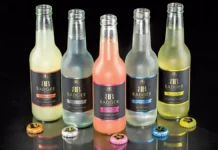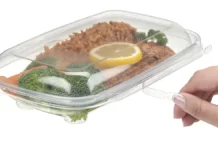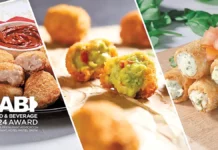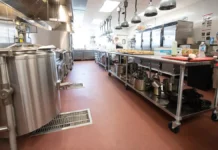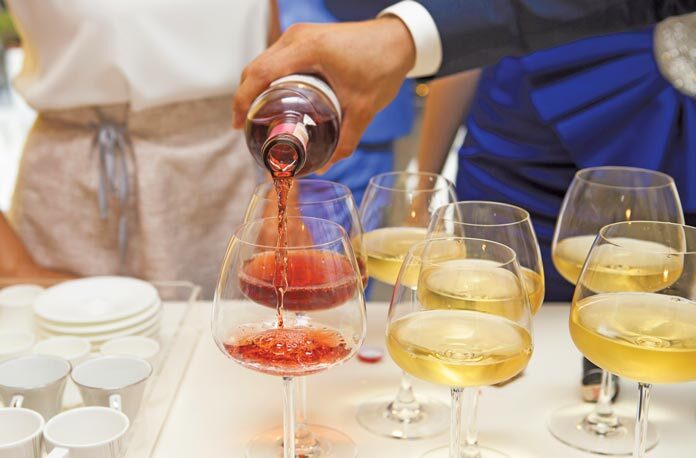
“America’s love affair with wine is waning.” That is the opening statement in a recent article by Saabira Chaudhuri, which appeared in The Wall Street Journal. I thought I would share some of it with you, as well as some statistics that confirm her findings.
“Americans bought less wine last year, the first such drop in a quarter of a century, as millennials opt for alternatives like hard seltzers, cocktails and nonalcoholic beer. The volume of wine purchased in the U.S. declined 0.9% in 2019, the first time it has fallen since 1994, according to industry tracker IWSR. The trend was ascribed to a generational shift as the number of millennials surpasses baby boomers ….”
The millennials continue to affect various markets and products. For example, “Millennials are just not embracing wine with open arms compared to previous generations,” said Brandy Rand, IWSR’s chief operating officer for the Americas. “With the rise in low and no-alcohol products and general consumer trends towards health and wellness, wine is in a tough place.”
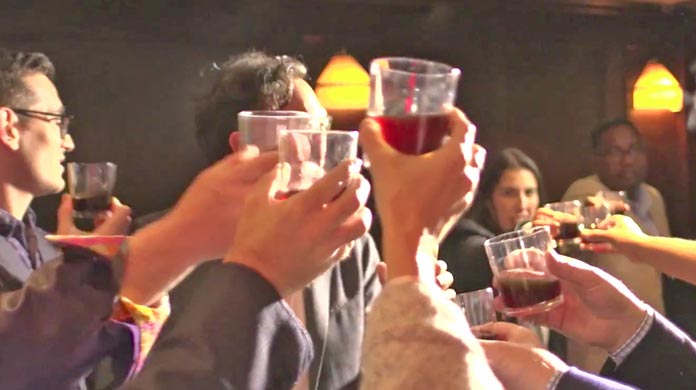
How much has the wine industry grown in the U.S.? In the 1990s there were 30 producers; now there are 700. Over 900,000 gallons were produced in 2017. California makes 85% of all the wine produced in the U.S. The U.S. accounts for 12% of the world’s production. The U.S. leads in wine consumption. In 2019 there were 10,431 wineries in the U.S. They lined up as follows: California, 4,501; Oregon, 793; Washington, 792; New York, 403; and Texas, 352. Overall U.S. wine sales by value rose 1.1% from a year earlier, to $38.3 billion.
Returning to Ms. Chaudhuri: “The figures highlight how changing demographics and tastes are affecting the alcohol industry. Americans have drunk less alcohol in recent years amid rising concerns about health and competition from other beverages such as ready-to-drink tea, sparkling water and coffee. In 2019 the nation drank 0.3% more alcoholic drinks, after two years of annual decline.”
In a recent column I pointed out that nonalcoholic beer is eating into the sales of its full-alcoholic cousin, not only in the U.S., but in Europe as well. We are now told that it is becoming a competitor for the wine industry.
Also, many hospitals, clinics, health insurance companies, and doctors are urging their clients and readers to reduce their consumption of alcoholic beverages to one drink a day. Many of these institutions have monthly newsletters that emphasize diets covering alcohol and an array of other items. The next time you visit a supermarket, look around you. Today’s consumers are reading labels, and it is affecting the way they shop and purchase.
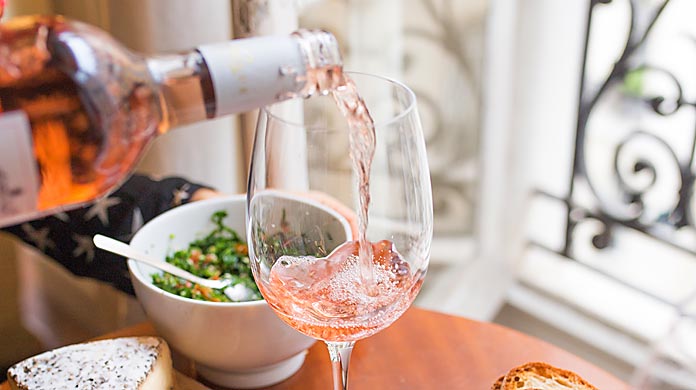 Ms. Chaudhuri writes: “For 2019, volumes of ready-to-drink products consumed rose 50%, driven by hard seltzers and canned cocktails, according to IWSR. Spirits volumes grew by 2.3%, helped by mezcal, tequila, cognac, bourbon and other whiskey. Beer continued to decline, falling 2.3% as demand keeps ebbing for big domestic brands such as Budweiser. Craft beer volumes increased 4.1%, while low and no-alcohol beer climbed 6.6%.
Ms. Chaudhuri writes: “For 2019, volumes of ready-to-drink products consumed rose 50%, driven by hard seltzers and canned cocktails, according to IWSR. Spirits volumes grew by 2.3%, helped by mezcal, tequila, cognac, bourbon and other whiskey. Beer continued to decline, falling 2.3% as demand keeps ebbing for big domestic brands such as Budweiser. Craft beer volumes increased 4.1%, while low and no-alcohol beer climbed 6.6%.
“Wine could be further hit by U.S. tariffs on European imports. The U.S. last year levied a 25% tariff on bottled table wines from France, Germany, Spain and the U.K., and has threatened further measures.”
Another change is growing. Winemakers are selling more in cans and cartons, as I reported in a previous story. Traditional wine bottles don’t lend themselves to casual outdoor drinking or when consumers want a single drink. It also allows users to take the wine home if purchased in a retail setting, law permitting.
Another phenomenon is the growth of “group wine sales programs” sponsored by various media groups. Then there is the Internet. Ms. Chaudhuri writes, “IWSR forecasts U.S. online alcohol sales to rise from $3 billion in 2019 to $13.4 billion by 2024. Sales so far have been driven by wine, which has fewer state-level restrictions than other drinks.”
And while I have not had the advantage of conducting a survey, it has been my observation that more women are turning to light and white wines. Most TV commercials verify that fact.
I, for one, believe that wine will continue to be welcomed into most homes and wine lists will continue to be part of the fine dining scene for a long time. What would you use for a toast other than wine?




















